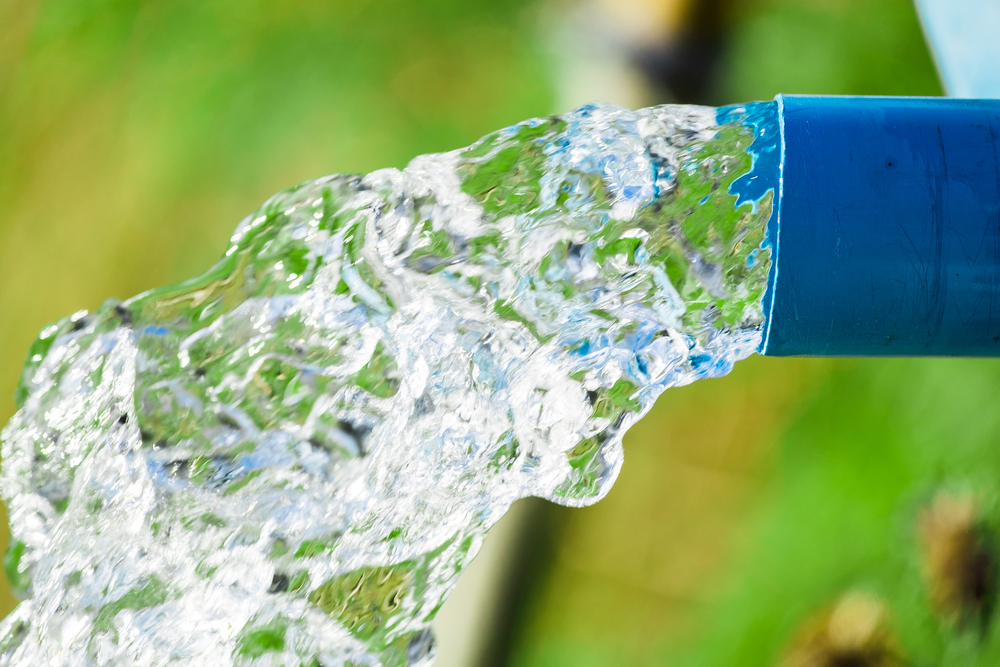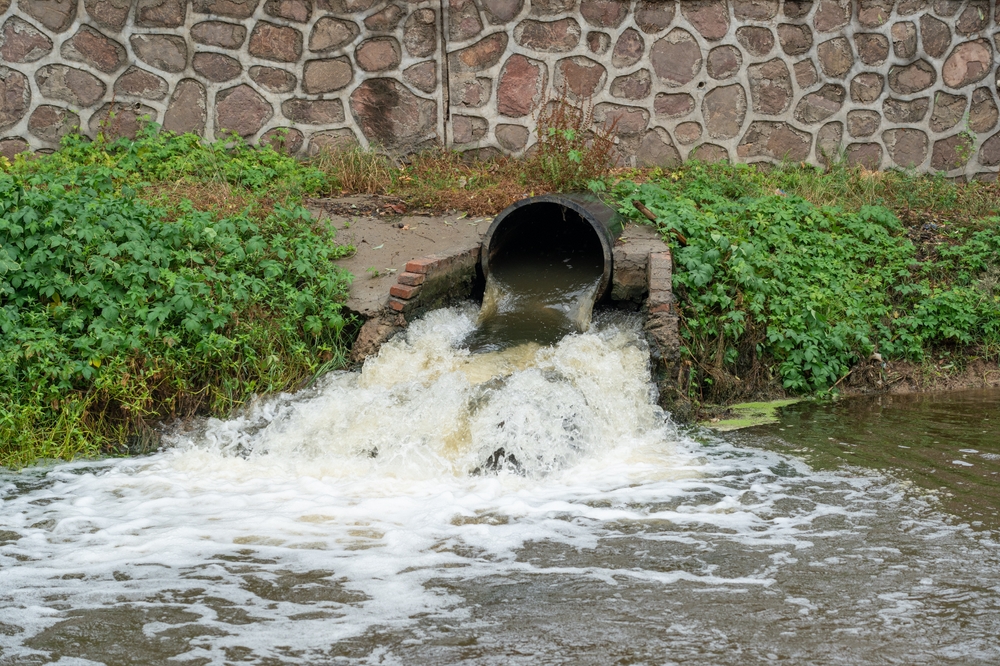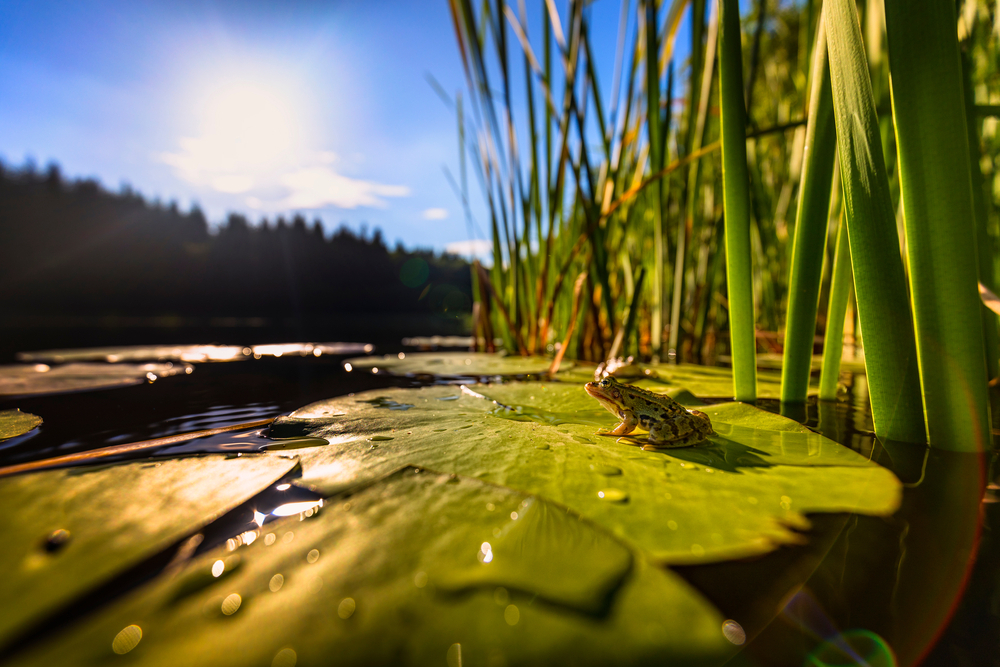Though it is a basic need for life, the quality of water directly affects the surroundings and our health. Although we take clean water for granted most of the time, problems with water quality can silently destroy human as well as environmental systems. A mix of natural and manmade elements contaminating many water sources nowadays causes negative consequences. The common water quality issues, their sources, and the actions we can take to enhance water quality for a better and more sustainable future will be covered in this essay.
1. Introduction to the Importance of Water Quality
Water is fundamental for public health, supports industry, agriculture, and sustains life. But pollution and toxins often affect the quality of the water we drink and utilize for many kinds of activity. Not only for drinking but also for cooking, bathing, and irrigation clean water is absolutely vital. Bad water quality can endanger health, upset ecosystems, and permanently harm the surroundings.
Usually in reference to its fitness for a certain use, water quality is the chemical, physical, and biological traits of water. Both people and the ecosystem can suffer greatly when water quality declines. Not only is public health dependent on addressing water quality problems, but environmental preservation depends on them as well.
Common water quality concerns, their consequences on health and the environment, and workable remedies to help to reduce these issues will be discussed in this article.

2. Common Water Quality Issues and Their Causes
Problems with water quality come from many sources, from human activities to natural ones. Finding workable answers calls for an awareness of these issues and their sources. Among the most often occurring water quality problems are:
Pollution by Chemicals and Agents
Chemical contamination is one of the most often occurring problems with water quality. Serious health hazards result from chemicals from domestic items, agricultural runoff, and industrial waste ending up in water supplies.
- Agricultural runoff frequently transports pesticides and fertilizers into adjacent water supplies. These compounds damage aquatic habitats and taint drinking water.
- Factories and manufacturing plants can contemn rivers and lakes with heavy metals, hazardous chemicals, and other pollutants. In absence of appropriate control, these pollutants can gradually build up in water supplies.
- Daily household products such paints, solvents, and cleaning compounds may seep into groundwater if improperly disposed of.
High Levels of Bacteria and Microorganisms
Harmful bacteria and germs abound in another important aspect of water quality. Waterborne infections resulting from contaminated water might include E. coli, Giardia, and Cryptosporidium.
- Inadequate treatment of household sewage lets germs like viruses, bacteria, and parasites into water systems, therefore raising the risk of disease.
- Runoff from cattle farms can contemn adjacent rivers and streams with dangerous microorganisms.
Excessive Nutrient Levels (Eutrophication)
Eutrophication is caused by an overabundance of nutrients, particularly nitrogen and phosphorus, in water bodies. Usually from agricultural runoff, sewage discharge, and urban runoff, these nutrients come from:
- Excess nutrients drive the growth of algae, which results in detrimental algal blooms depleting oxygen levels in the water, therefore killing fish and other aquatic life.
- Eutrophication can cause water to become muddy, lower biodiversity, and upset aquatic ecosystems.
Heavy Metal Contamination
For people as well as for animals, heavy metals including arsenic, mercury, and lead are poison. Through mining operations, industrial processes, and incorrect waste disposal, these metals can find their way into water supplies.
- Lead pipes, used in older infrastructure, can deteriorate and pipe leak lead into drinking water, therefore causing major health hazards particularly to children.
- Mercury: Run-off from mining activities and industrial emissions can contaminate water supplies and gather in fish where it causes human poisoning.
3. Effects of Water Quality Issues on Human Health and the Environment
Bad water quality affects human health, ecosystems, and the economy among other things. Contaminated water can destroy natural ecosystems, therefore influencing biodiversity, and cause different health issues.
Health Effects of Polluted Water
From simple stomach trouble to life-threatening infections, drinking polluted water can have major negative consequences for health.
- Gastrointestinal Illnesses: Diarrhea, vomiting, and stomach cramps can all be brought on by bacteria and viruses in contaminated water. Particularly at risk for these diseases are children and the elderly.
- Lead and other heavy metals can cause cognitive and behavioral issues as well as impact children’s brain development. Among other things, mercury toxicity can cause eye issues, memory loss, and shaking.
- Long-term contact to several compounds, including pesticides and industrial solvents, has been associated to a higher risk of cancer. Arsenic in drinking water, for instance, is linked to lung, bladder, and skin tumors.

Water Pollution’s Environmental Consequences
Not only does water pollution compromise human health; it also disturbs ecosystems and damages wildlife.
- Pollutants in water can wipe out aquatic life including fish, amphibians, and other species. Nutrient pollution-caused algal blooms produce dead zones with too low oxygen levels to sustain life.
- Polluted water sources can lose their capacity to sustain a varied spectrum of species. This loss of biodiversity compromises ecosystems and increases their sensitivity to greater damage.
- Chemicals and heavy metals can throw off food systems, therefore influencing everything from small plankton to big carnivores. Long-lasting consequences of these disturbances can affect whole ecosystems.
4. Solutions to Improve Water Quality
Dealing with water quality problems calls for a multifarious strategy involving people, communities, governments, and businesses. Fortunately, there are various workable ways to safeguard human health and the environment as well as enhance water quality.
Adopting Tight Guidelines and Tracking
By means of rules and monitoring campaigns, governments significantly contribute to guarantee water quality. These steps assist to stop agricultural and industrial pollution from compromising water supplies.
- Laws such as the Clean Water Act in the United States define criteria for water quality and restrict the pollution entering water bodies. More rigorous laws can help to lower pollution levels and safeguard sources of drinking water.
- Observation: monitoring Early identification of pollutants and prevention of their reaching hazardous levels depend on consistent monitoring of water quality. This covers looking for heavy metals, germs, and other toxins.
Correct Domestic Sewage Treatment
Reducing dangerous bacteria and viruses from entering water supplies depends on proper sewage treatment. Water quality can be much improved by upgrading wastewater treatment facilities and guaranteeing sewage treatment before environmental release.
- Modern wastewater treatment plants eliminate pollutants from sewage using a mix of physical, chemical, and biological techniques. By means of upgrading these facilities, pollution can be lowered and their performance enhanced.
- Maintaining septic systems is absolutely vital for properties not connected to a central sewage system in order to avoid groundwater contamination. Frequent inspections and maintenance helps to guarantee that septic systems run as they should.
Filtering Pollutants Using Natural Strategies
By means of filtration and absorption, nature can assist to enhance water quality. Natural filters trapping pollutants before they get to water bodies are wetlands, buffers, and riparian zones.
- Natural water filters, wetlands capture pollutants and surplus nutrients while also absorbing By means of wetland protection and restoration, one can enhance water quality and offer habitat for species.
- Ripe Ural zones and buffers: Riparian zones—vegetated regions along rivers and streams—help to lower runoff and stop contaminants from getting into water supplies. Planting native plants and trees can produce strong buffers to guard water quality.

Growing Knowledge and Encouragement of Responsible Use
Stopping water contamination mostly depends on public awareness and education. Encouragement of appropriate chemical use, trash disposal, and water conservation will help to lower the pollution entering water supplies.
- Public education campaigns help to increase knowledge of the need of water quality and encourage actions safeguarding of water supplies. This covers instructing individuals on how to cut water consumption and correctly dispose of home chemicals.
- Involving communities in initiatives at water quality enhancement can have long-lasting effects. Citizen monitoring of water quality, cleanup of water bodies, and plantings of vegetation by volunteer initiatives help to change things.
Consistent Water Quality Monitoring and Testing
Maintaining that water quality satisfies safety criteria depends on regular testing and monitoring. Early identification of issues made possible by this facilitates quick intervention.
- Water testing kits let homeowners look for pollutants including nitrates, lead, and germs in their drinking water. This can help find issues before they start to pose major health risks.
- Government Monitoring Programs: Governments should keep financing and supporting initiatives tracking river, lake, and groundwater source water quality. These initiatives offer useful information to spot patterns and stop pollution.
5. Conclusion: Taking Action to Address Water Quality Issues
All of us suffer with water quality problems; so, it is imperative that we act to solve them. Every one of us can help to improve water quality by means of personal decisions including appropriate chemical disposal practices and water consumption reduction as well as by supporting tougher rules.
Understanding the reasons of water quality issues and putting remedies into action will help us to safeguard ecosystems, public health, and guarantee that next generations will have access to safe and clean water. Let’s cooperate to solve these problems and build everyone’s sustainable future.
Plumbing Services CA
https://maps.app.goo.gl/31Yt4rhDrainzNJ4A
(279) 203-0765
https://plumbingservicesca.com/
